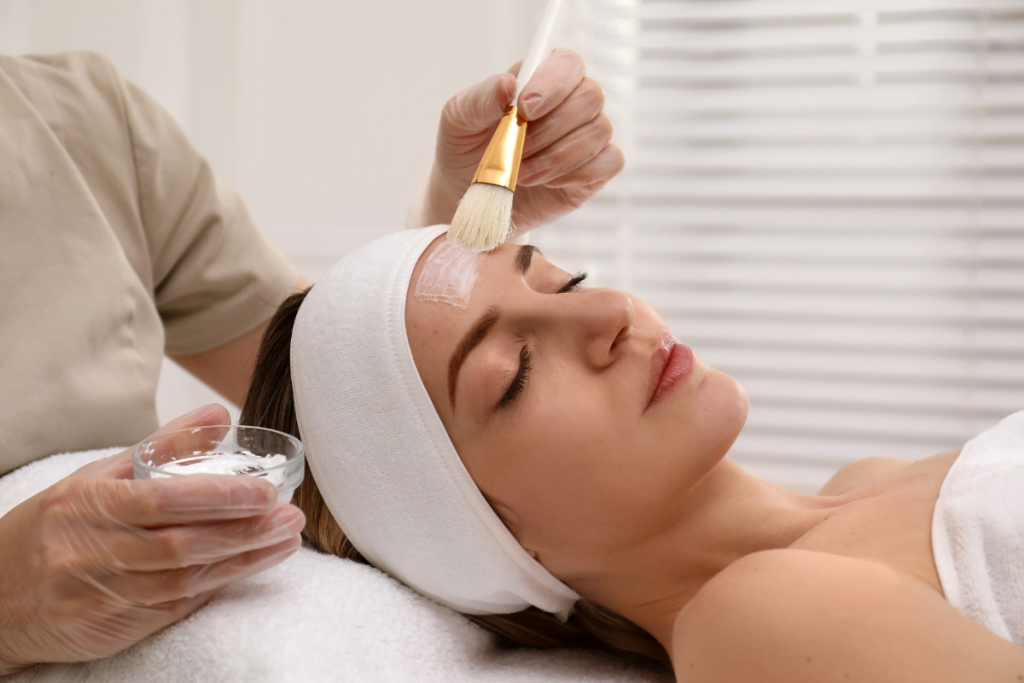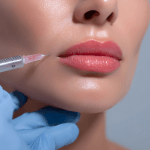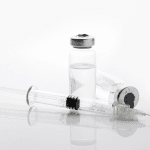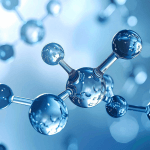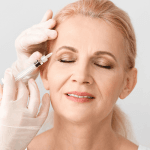Aging is a natural process, but the quest for youthful, radiant skin has been a pursuit of people for years. Among the plethora of modern anti-aging solutions, chemical peels have risen in popularity as an effective method to rejuvenate the skin. This article dives into the science behind chemical peels, their benefits, and considerations to keep in mind when opting for this anti-aging treatment.
What Are Chemical Peels?
Chemical peels refer to the application of a chemical solution to the skin, which triggers the top layers to exfoliate and gradually peel away. This process reveals the fresher, younger-looking skin beneath. The new skin is usually smoother and less wrinkled compared to the old skin, making it a popular choice for those looking to combat the signs of aging.
How Do Chemical Peels Work?
Chemical peels work by using specific acids to disrupt the bonds between dead skin cells and healthy skin cells. This promotes the shedding of the outermost layer of the skin. Three primary types of chemical peels exist:
Superficial Peels
These use mild acids like alpha-hydroxy acids (AHAs) to exfoliate gently. Superficial chemical peels are capable of affecting only the outermost layer of skin and are often referred to as lunchtime peels due to their minimal downtime.
Medium Peels
These peels use stronger acids, such as glycolic or trichloroacetic acid (TCA), to reach the middle layers of the skin. They are efficient for treating age spots, fine lines, and moderate skin discoloration.
Deep Peels
Utilizing potent acids like phenol, deep peels penetrate several layers of skin. They are used to treat more severe wrinkles, sun damage, and deeper lines, but they require a longer recovery time.
Benefits of Chemical Peels
Achieving and maintaining youthful, healthy skin is a goal for many. Chemical peels provide a diverse array of benefits that target different skin issues and improve overall skin appearance. Here are some of the key advantages of chemical peels:
Reduction of Fine Lines and Wrinkles
Chemical peels can significantly reduce visible fine lines and wrinkles surrounding the eyes and mouth. By stimulating collagen production, they help to smooth out these lines, providing the skin with a more youthful appearance.
Improvement of Skin Texture
By exfoliating dead skin cells, chemical peels reveal smoother and more even-textured skin. This process helps to reduce rough patches, leaving the skin feeling softer and looking more refined.
Minimization of Sun Damage and Age Spots
Peels can lighten age spots and areas of hyperpigmentation caused by sun exposure. Regular treatments of chemical peels for hyperpigmentation can help make skin tone more even and reduce dark spots, causing a more uniform complexion.
Treatment of Acne and Acne Scars
Certain chemical peels can help reduce acne breakouts and diminish the appearance of acne scars. By unclogging pores and reducing inflammation, these chemical peels for acne scars contribute to clearer, healthier skin and can lessen the visibility of acne-related marks.
Enhancement of Skin Radiance
Removing the dull outer layer of skin can restore a youthful glow and radiance. By revealing the fresher, newer skin beneath, chemical peels can enhance the skin’s natural brightness and vitality, making it look more vibrant and rejuvenated.
Considerations and Risks
While chemical peels offer numerous benefits, there are significant considerations and potential risks to be aware of:
Skin Sensitivity
After a peel, the skin can become more sensitive to the sun. It’s necessary to use sunscreen and limit sun exposure. Patients should be advised to apply a broad-spectrum sunscreen with at least SPF 30 per day and reapply every two hours when outdoors.
Downtime and Recovery
Depending on the type of peel, recovery times can vary. Superficial peels might have minimal downtime, while deep peels can require several weeks for full recovery. It is important to set realistic expectations with patients about the healing process.
Possible Side Effects
These can include redness, swelling, scarring, and changes in skin color. Pre-treatment skin assessments can help identify any contraindications and customize the peel to the patient’s needs. Emphasizing the importance of post-peel care, such as avoiding picking at the skin and using prescribed topical treatments, can help mitigate side effects.
Key Takeaways
Chemical peels are a potent tool in the anti-aging arsenal, offering the promise of smoother, younger-looking skin. Understanding the variety of peels available, along with their associated benefits and risks, empowers healthcare professionals to guide patients in making informed choices about their skincare regimen. Peeling back the years has never been more accessible, bringing a renewed sense of confidence and vitality.
Frequently Asked Questions (FAQs)
How much do chemical peels cost?
The cost of chemical peels can vary significantly depending on factors like the type of peel. It is important to provide patients with a clear understanding of the cost structure, including the number of sessions recommended and any additional products or treatments that might enhance results.
How long do chemical peels last?
The longevity of effects from a chemical peel varies according to the type of peel and individual skin characteristics. Superficial peels typically provide results that last several weeks to a few months, while deeper peels can offer results that may last up to a year or longer with proper skincare maintenance and sun protection.
Where to buy the best professional chemical peels?
For high-quality professional chemical peels, consider purchasing from Medical Wholesale Supplies (MWS). They offer a range of effective products, including Salipeel DS, a salicylic acid peel ideal for acne-prone skin, and Ferulac Peel Classic, which combines ferulic acid and phloretin for anti-aging and skin-brightening effects.

